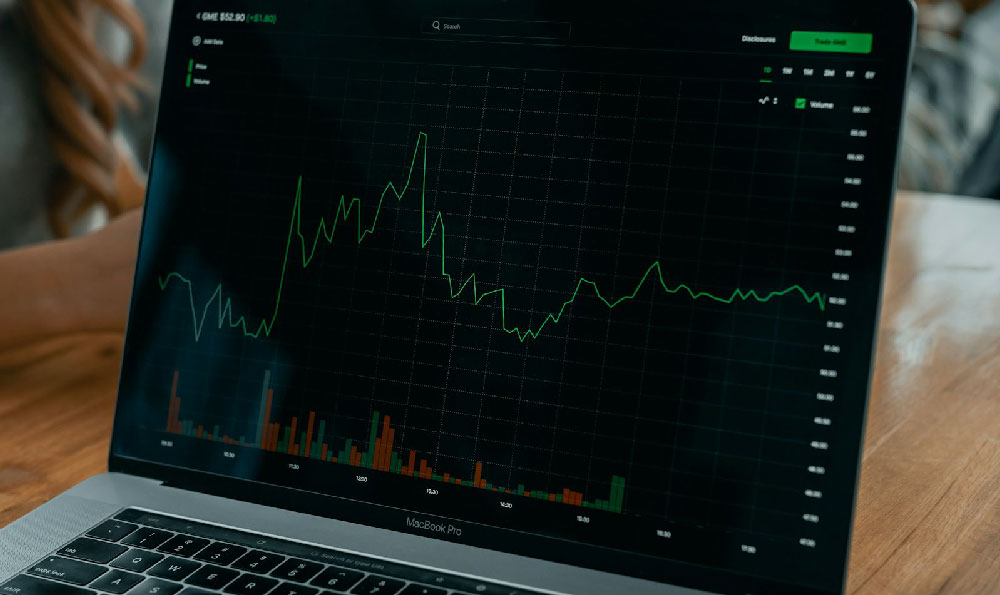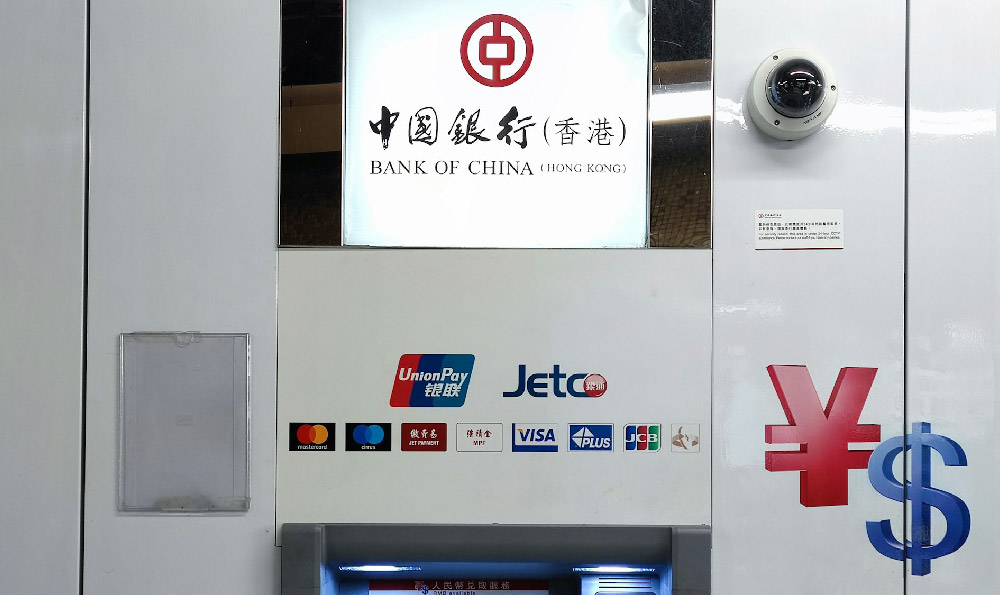Deciphering the Concept of Financial Freedom
Financial freedom is not merely about accumulating wealth, but about creating a framework where your financial obligations are minimal relative to your income, allowing you to pursue opportunities without the burden of constant financial stress. In the realm of virtual currency investment, this concept transforms into a dynamic interplay between strategic foresight, disciplined risk management, and adaptive decision-making. The crypto market, with its volatility and innovation, demands a nuanced approach that balances ambition with caution. To navigate this landscape effectively, one must cultivate a mindset that prioritizes long-term growth over short-term gains, while staying attuned to both macroeconomic trends and micro-level market signals.
Mastering the Art of Market Analysis
The foundation of any successful investment strategy lies in understanding the forces that drive market movements. In virtual currency, this requires a dual focus on fundamental analysis and technical indicators. Fundamentals involve assessing the intrinsic value of a project—its team, technology, adoption rate, and real-world utility—while technical analysis revolves around price patterns, volume trends, and market sentiment. For instance, a project with a robust blockchain infrastructure and active use cases may exhibit resilience during market downturns, whereas a token influenced by speculative hype might experience rapid volatility. By integrating these perspectives, investors can identify opportunities that align with their financial goals rather than chasing fleeting trends.
The Role of Technical Indicators in Decision-Making
Technical tools such as moving averages, RSI (Relative Strength Index), and MACD (Moving Average Convergence Divergence) provide actionable insights into market psychology and price behavior. These metrics help quantify uncertainty, enabling investors to make data-driven decisions. For example, a bullish crossover in the MACD might signal a potential uptrend, while a divergence in the RSI could hint at an overbought or oversold condition. It is crucial to recognize, however, that no single indicator is infallible. Combining multiple tools and contextualizing them within broader market dynamics can enhance accuracy. Moreover, the blockchain's unique characteristics—such as transaction volume, network activity, and developer engagement—should be scrutinized alongside traditional financial metrics to gain a holistic view.

Crafting a Risk-Resilient Portfolio
Risk management in virtual currency investment is not about eliminating risk but about mitigating it through structured approaches. A diversified portfolio that balances high-growth assets with more stable options can act as a buffer against unpredictable market swings. For example, allocating a portion of capital to established cryptocurrencies like Bitcoin or Ethereum, while investing in emerging projects with strong fundamentals, can reduce exposure to catastrophic losses. Additionally, understanding the concept of "crypto market cap" and using it to diversify across different sectors—DeFi, NFTs, blockchain infrastructure, and others—can provide a more balanced risk profile. Investors should also implement stop-loss orders and regularly rebalance their holdings to maintain alignment with their risk appetite.
The Power of Long-Term Vision and Patience
Virtual currency investment thrives on patience and a long-term perspective. The market often rewards those who hold positions through periods of consolidation, rather than reacting impulsively to short-term fluctuations. This requires identifying projects with sustainable innovation and growth potential, rather than focusing solely on immediate price targets. For example, a cryptocurrency that introduces novel consensus mechanisms or expands its ecosystem may outperform others over a multi-year horizon. By adopting a "buy and hold" approach, investors can benefit from compounding returns, but this strategy should be informed by thorough research and aligned with personal financial objectives.
Avoiding Common Pitfalls in the Crypto Space
The path to financial freedom through virtual currency is fraught with challenges that require vigilance. One of the most significant risks is overexposure to a single asset, which can lead to severe losses in the event of a market correction. Investors should also be wary of projects with unclear use cases or excessive hype, as these often lack intrinsic value. Another critical factor is the importance of securing digital assets through cold storage and multi-factor authentication, as security breaches can erase years of returns. Furthermore, avoiding leverage and margin trading is essential, as these practices amplify both gains and losses during market volatility.
Building a Sustainable Investment Routine
Achieving financial freedom in the crypto market demands a routine that fosters continuous learning and disciplined execution. This involves staying informed about regulatory developments, technological advancements, and macroeconomic factors that influence the market. For example, understanding the impact of central bank policies on fiat currencies can help predict shifts in crypto valuations. Additionally, investors should cultivate a habit of tracking their progress, adjusting strategies as needed, and maintaining emotional detachment from market swings. A well-structured routine, combined with a deep understanding of market mechanics, can transform crypto investment into a reliable component of a broader financial strategy.
The Synergy of Education and Experience
The crypto market is a complex ecosystem that evolves rapidly, and success hinges on the marriage of education and experience. Aspiring investors should immerse themselves in learning about blockchain technology, cryptographic principles, and market psychology. This can be achieved through reading whitepapers, following reputable news sources, and participating in community discussions. However, theoretical knowledge alone is insufficient; practical experience—such as simulating trades or investing small amounts initially—can provide invaluable insights. By treating the market as a long-term teacher rather than a quick profit generator, investors can build the expertise needed to navigate uncertainty and capitalize on opportunities.
The Path Forward: From Strategy to Execution
Ultimately, the journey to financial freedom through virtual currency requires a strategy that is both adaptable and grounded in risk management. This involves setting clear financial goals, maintaining a diversified portfolio, and executing trades with precision. Investors should also be prepared to weather market cycles, recognizing that periods of decline are inevitable but not insurmountable. By combining strategic foresight with disciplined action, the crypto market can become a powerful tool for achieving financial independence. The key lies in embracing the complexity of the market, avoiding emotional decisions, and cultivating a mindset that values sustainability over speed. With patience and persistence, the potential for long-term growth and financial freedom becomes not just a possibility, but a tangible reality.












